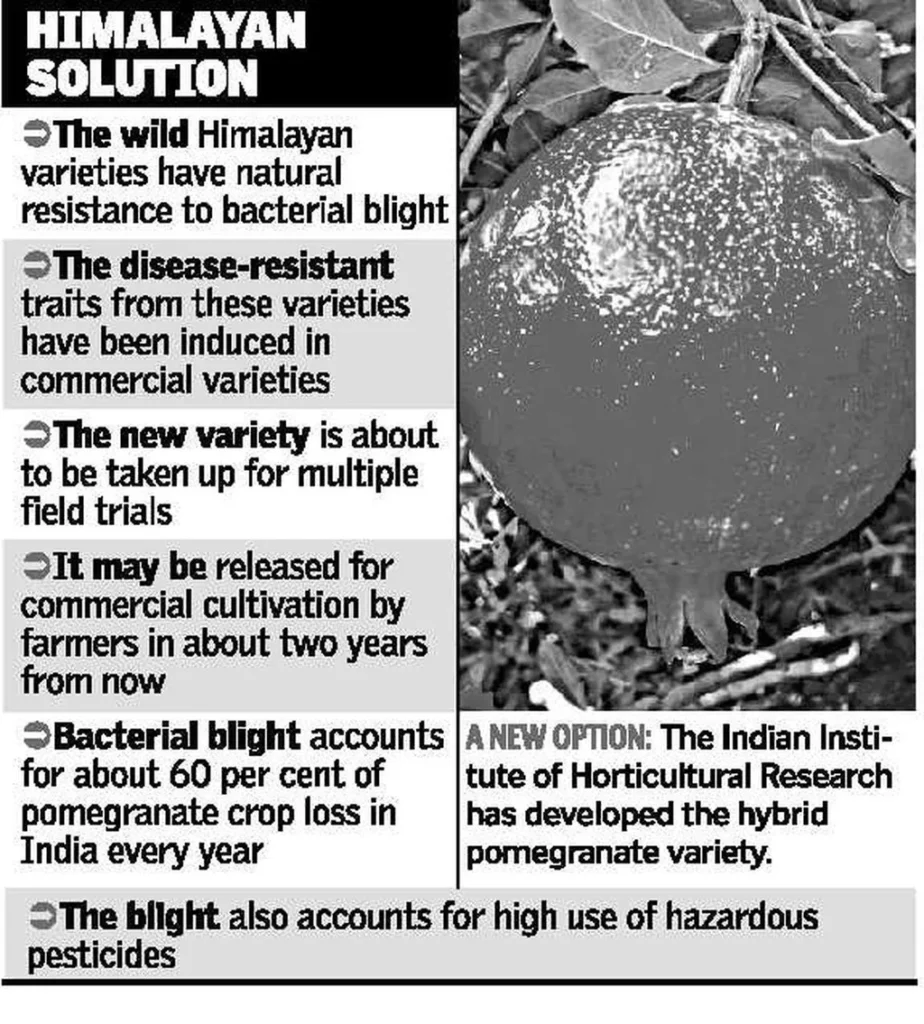In the heart of India’s agricultural landscape, a technological revolution is brewing, one that promises to transform the way farmers combat pomegranate diseases. A recent study published in *Scientific Reports* introduces a deep learning-based system that not only diagnoses pomegranate diseases with remarkable accuracy but also estimates their severity and suggests treatments. This innovation could be a game-changer for farmers, offering a swift and reliable tool to protect their crops and secure their livelihoods.
The research, led by A. R. Revathi from the School of Computer Science and Engineering at Vellore Institute of Technology–Chennai, addresses a critical challenge in pomegranate cultivation. Traditional disease detection methods are often slow and prone to human error, delaying timely intervention and exacerbating crop loss. The proposed system leverages transfer learning and convolutional neural networks (CNNs) to automate multi-class disease classification. The team trained and evaluated several CNN models, including DenseNet121, EfficientNetB0V2, MobileNetV2, ResNet50, VGG16, and InceptionV3, on a dataset of 5099 annotated images. DenseNet121 emerged as the top performer, achieving an impressive accuracy of 99.35%.
But the innovation doesn’t stop at diagnosis. The researchers developed a novel Healthy-Based Deviation Scoring (HBDS) method to estimate disease severity. This method uses Grad-CAM++ for lesion localization and Mahalanobis distance-based scoring, followed by Gaussian Mixture Model clustering. The severity predictions were verified against manually labeled images, and the system demonstrated superior accuracy compared to pixel-based methods.
To make the system practical and user-friendly, the researchers integrated a recommendation module using a retrieval-augmented language model. This module provides disease-specific treatment suggestions based on the predicted severity. The complete pipeline is implemented as a web application that delivers real-time diagnosis, severity estimation, and actionable treatment plans.
The commercial implications of this research are substantial. Pomegranate is a high-value crop, and diseases can significantly impact yield and farmer income. A tool that can quickly and accurately diagnose diseases and suggest treatments can help farmers minimize losses and maximize profits. “This system can be a powerful tool for precision agriculture, enabling farmers to make data-driven decisions and optimize their crop management practices,” said Revathi.
The research also opens up avenues for future developments. The use of deep learning and advanced imaging techniques in agriculture is still in its infancy, and this study demonstrates the potential of these technologies to revolutionize the sector. As Revathi noted, “The integration of AI and machine learning in agriculture is not just a trend; it’s a necessity. It’s about making our farming practices more efficient, sustainable, and resilient.”
The study published in *Scientific Reports* is a testament to the power of interdisciplinary research, combining computer science, agriculture, and data science to address real-world challenges. As we look to the future, the convergence of these fields holds immense promise for transforming agriculture and ensuring food security in a changing climate.

